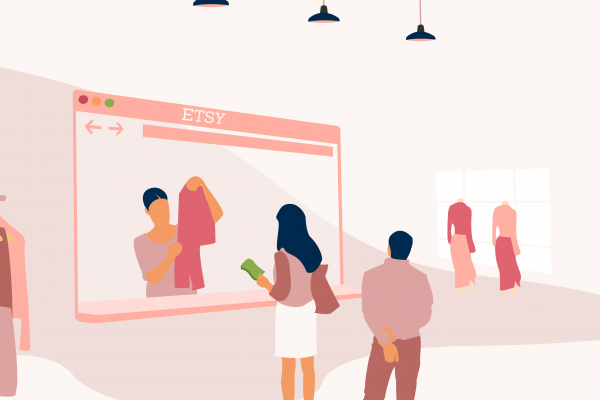Create A Community To Support And Enhance Your Products
A community of users and co-creators can be your greatest asset. Of course not all products need or deserve to have a community, but you’d be surprised how many can.
For example, one of my projects is an Arduino-based sprinker system (this is more about my family history than my garden: My grandfather invented the automatic sprinkler system in the 1940s). Can you build a community around a sprinkler system? It turns out that people already have.
Gardeners are passionate about growing technology, and the maker movement dovetails neatly into the grow-your-own movement. And then there’s the small matter of the hydroponic pot growers, who I had not expected, but turn out to be major early adopters of irrigation technology.
There are literally hundreds of garden-tech communities out there, and the question is not whether a sub-community on open source sprinkler tech can exist, but only in which existing garden tech community should it start.
When you’re creating a community from scratch, consider starting it as a social network rather than a blog or discussion group. The best new social networking tools allow you to have it all: Great blogging tools, great discussion groups, profiles, personal messaging, videos, photos and more.
Some people do this with WordPress and its plug-ins, others use Drupal, but I prefer Ning, which offers hosted tools that will let you create a full-featured social network on your niche topic in minutes (it has more than 300,000 of them already, although be forwarned that it now charges a modest monthly fee).
Once you see your community with content and start attracting users, your job is to give them jobs. Elevate people who seem to be constructive participants to moderator status, and give especially friendly and helpful members a “noob ninja” badge. Once you promote/reward enough of them for doing a good job of constructive community-building, you’ll find that members typically help each other, saving you the work.
But remember that at the end of the day customer support is your job. If someone bought a product that doesn’t work, they should be able to call or email and get help or a return authorization within 24 hours. By the time your sales are in the tens of thousands of dollars, this can become a full-time job.
And it’s an important one: just recall that when Craig Newmark, the founder of Craigslist, gave himself a job in his company, of all the ones he could take, from CEO to CTO, he chose customer support.
Get it right, and you can have a community rooting for you. Get it wrong, and you’ll have a virtual riot on your hands.
Finally, the tricky matter of whether to pay volunteers. I’m in favor of offering key contributors to a product a royalty, but don’t be surprised if they decline. The reasons can be many: They’re not in it for the money; the absolute payment amounts are tiny compared to what they make in their day job; they feel icky taking payment when others who contributed don’t; and finally when they realize that any royalty you pay will lead to higher prices for consumers, they decline simply because this conflicts with the real reason they contributed, which is to create something that can reach the largest audience possible, and higher prices mean fewer users.
Rule #1: Make A Profit
Rule #2: It Takes Lots Of Cash To Stay In Stock
Rule #3: Buy Smart
Rule #4: Basic Business Rules Still Apply
Rule #5: You Get No Leeway For Being A Maker
Rule #6: Be As Open As You Can
Rule #7: Create A Community To Support And Enhance Your Products
Rule #8: Design For Manufacturability
Rule #9: Marketing Is Your Job
Rule #10: Your Second Most Important Relationship Is With Your Package Carrier




